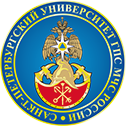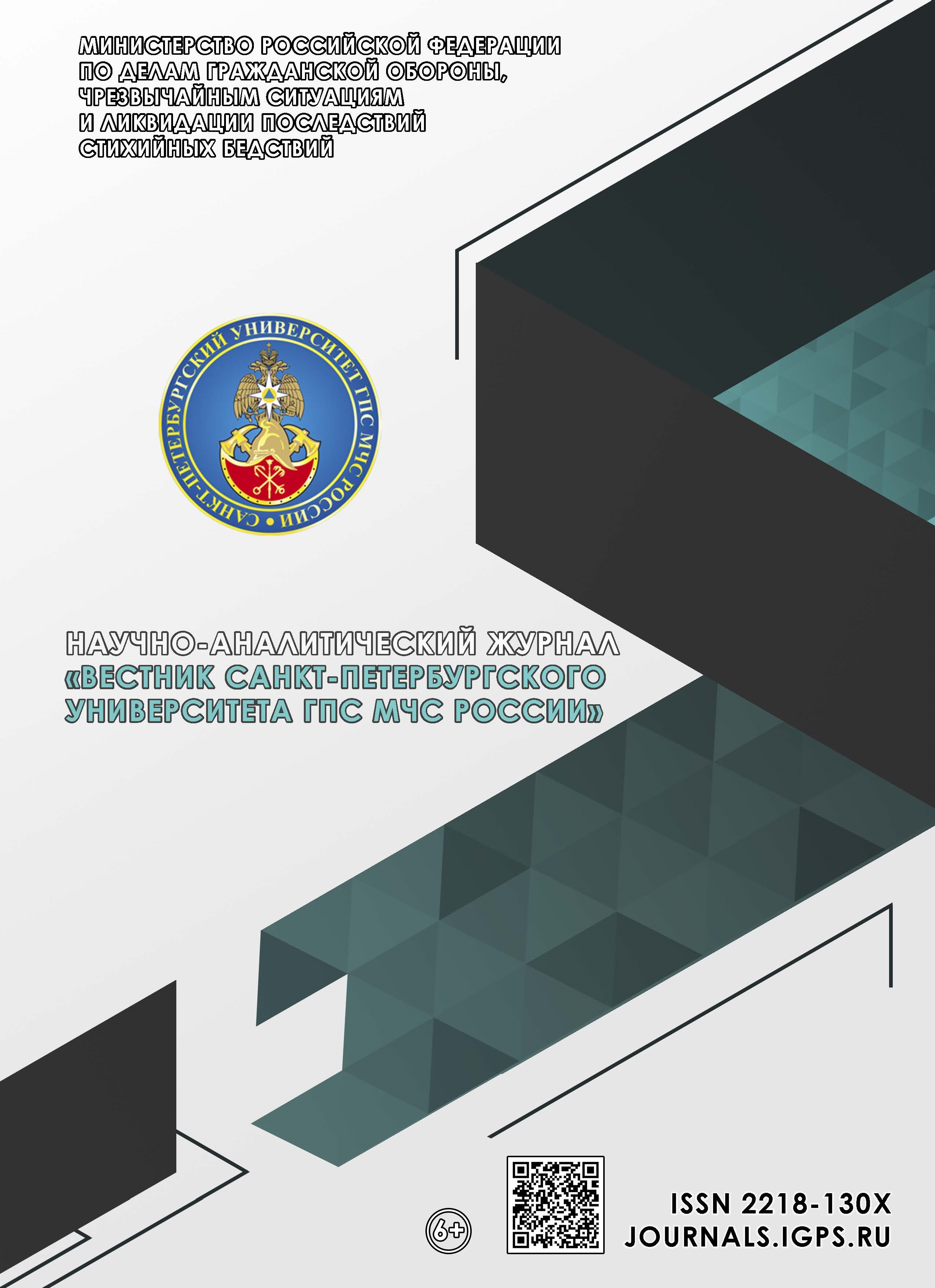Russian Federation
Russian Federation
UDC 004.822
The article presents the results of a study in the field of assessing the efficiency of functioning of significant objects of critical information infrastructure under conditions of infrastructural destructiveness using the developed universal discrete Q-model based on calculations of Markov chain nodes. The efficient functioning of significant objects is considered to be such a state of the system in which the value of the indicator of infrastructural destructiveness is in the acceptable range. The developed model was studied under conditions of infrastructural destructiveness in special cases with a differentiated number of effectively functioning objects. Based on the results, new patterns were established in modeling the assessment of the efficiency of functioning of critical information infrastructure objects. The value of the indicator of infrastructural destructiveness serves as an indicator of the efficiency of functioning of objects, that is, this indicator and the developed assessment model can be used as an element in the information security management system.
inter-object interaction, infrastructural destructiveness, critical information infrastructure object, discrete Q-model, program code vulnerabilities, Markov chains, effective functioning
1. Maksimova E.A. Modeli i metody ocenki informacionnoj bezopasnosti sub"ekta kriticheskoj informacionnoj infrastruktury pri destruktivnyh vozdejstviyah infrastrukturnogo geneza: diss. ... d-ra tekhn. nauk. M., 2022. 448 s.
2. Federal'nyj zakon Rossijskoj Federacii ot 2 iyulya 2013 g. № 187-FZ // Patenty i licenzii. Intellektual'nye prava. 2013. № 8. S. 60–65.
3. Dolzhenkov S.S., Maksimova E.A. Issledovanie antropomorficheskih vidov organizacii mezhob"ektnogo vzaimodejstviya na urovne sub"ekta kriticheskoj informacionnoj infrastruktury // Nauch.-analit. zhurn. «Vestnik S.-Peterb. un-ta GPS MCHS Rossii». 2025. № 1. S. 94–108. DOI:https://doi.org/10.61260/2218-130X-2025-1-94-108.
4. Dolzhenkov S.S., Maksimova E.A. Risk-menedzhment, kak sredstvo realizacii metodologii podderzhki processov upravleniya informacionnoj bezopasnost'yu sub"ektov kriticheskoj informacionnoj infrastruktury pri destruktivnyh vozdejstviyah infrastrukturnogo geneza // Aktual'nye problemy prikladnoj matematiki, informatiki i mekhaniki: sb. trudov Mezhdunar. nauch. konf. Voronezh, 2023. S. 1538–1539. EDN DNWVWZ.
5. Dolzhenkov S.S. Optimizaciya sistemy menedzhmenta informacionnoj bezopasnosti ob"ektov kriticheskoj informacionnoj infrastruktury // Studencheskaya nauka dlya razvitiya informacionnogo obshchestva: materialy HX Vseros. nauch.-tekhn. konf. Stavropol', 2023. S. 124–130. EDN EYGAVD.
6. Taneski V., Heričko M., Brumen B. Impact of security education on password change // 38th International Convention on Information and Communication Technology, Electronics and Microelectronics (MIPRO). 2015. P. 1350–1355.
7. Kurkchi M.V., Doronina Yu.V. Analiz dostovernosti imitacionnoj modeli tekhnicheskoj sistemy na osnove cepi Markova // Intellektual'nye informacionnye sistemy: sb. trudov Mezhdunar. nauch.-prakt. konf. Voronezh, 2019 g. S. 35–39.
8. Castro J.L., Delgado M. Fuzzy systems with defuzzification are universal approximators // IEEE Transactions on Systems, Man and Cybernetics. Part B (Cybernetics). 1996. Vol. 26. Iss. 1. P. 149–152.
9. Ubodoev V.V. Diskretnye cepi Markova // Uspekhi sovremennoj nauki i obrazovaniya. 2016. T. 7. № 11. S. 96–99.
10. Arikova K.G., Maksimova E.A. Chislennoe prognozirovanie kolichestva DDOS-atak i ih moshchnosti // Kiberbezopasnost': tekhnicheskie i pravovye aspekty zashchity informacii: sb. nauch. trudov III Ezhegodnoj nacional'noj nauch.-prakt. konf. Moskva, 2024. S. 258–264.
11. Rinaldi S.M., Peerenboom J.P., Kelly T.K. Identifying, understanding and analyzing critical infrastructure interdependencies // IEEE control systems magazine. 2001. Vol. 21. №. 6. P. 11–25.
12. Modeling Software Vulnerabilities with Vulnerability Cause Graphs / D. Byers [et al.] // 22nd IEEE International Conference on Software Maintenance. 2006. P. 411–422.
13. Marimuthu K., Gopinath M. Production of Sugarcane Forecasting using ARIMAX Model // Scopus. International Journal of Innovative Technology and Exploring Engineering. 2019. Vol. 8. Iss. 12S.
14. Rusakov A.M. Kompleks antropomorficheskih modelej povedencheskogo analiza processov dlya obnaruzheniya effektov infrastrukturnogo destruktivizma // Inzhenernyj vestnik Dona. 2024. № 11 (119). S. 391–404.
15. Doktrina informacionnoj bezopasnosti Rossijskoj Federacii: Ukaz Prezidenta Ros. Federacii ot 05 dek. 2016 g. № 646. Dostup iz inf.-pravovogo portala «Garant».
16. Bujnevich M.V., Izrailov K.E. Antropomorficheskij podhod k opisaniyu vzaimodejstviya uyazvimostej v programmnom kode. Chast' 2. Metrika uyazvimostej // Zashchita informacii. Insajd. 2019. № 6 (90). S. 61–65.
17. Analiticheskij obzor metodov proektirovaniya sistem bezopasnosti v telemedicinskih sistemah / M.A. Lapina [i dr.] // Trudy Instituta sistemnogo programmirovaniya RAN. 2024. T. 36. № 5. S. 191–218. DOI:https://doi.org/10.15514/ISPRAS-2024-36(5)-14.
18. Retraction Note: Electric power industry development in the Russian Federation considering the structural trends of the world economy / V.V. Bezpalov [et al.] // Environment, Development and Sustainability. 2023. DOI:https://doi.org/10.1007/s10668-023-03999-z.







